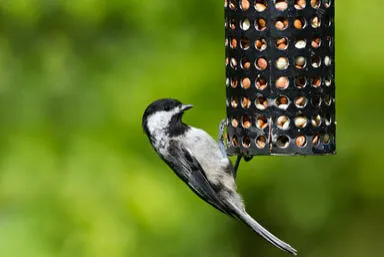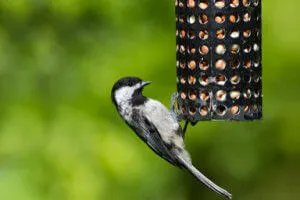
- Share on Facebook171
- Share on Pinterest
- Share on Twitter
Spending time in nature, whether its taking a walk through the woods or just watching ducks glide across a pond, has a wonderful calming effect. The sights and sounds of the great outdoors are known to have the ability to significantly reduce stress, with research backing up this wisdom.
Studies have revealed that spending time with nature can help us feel more confident and more caring, decrease depression and improve our ability to solve problems.
A report published in the journal Psychology Science highlighted many of the beneficial effects of nature on the brain. Their results found that walking in nature, or even just viewing pictures of nature, can improve directed-attention abilities. It offers a restorative effect by allowing the mind to escape the chaos of urban life.
It’s important for our health and well-being to stay connected to nature. In many modern societies, where depression levels continue to soar, an effective tool may be found right in your own yard.
When was the last time you looked out the window? Have you ever considered creating your own wildlife habitat with an environment that draws the birds and other animals to you?
You could have your very own space to enjoy nature!
If you live in an urban area on a limited amount of property, you might focus on bringing birds, butterflies, chipmunks, squirrels or other small animals. If you have a number of acres and limited traffic, you might consider options that cater to species like deer, raccoons, coyote and fox. Of course, if you have pets that like to roam outside, you’ll also need to consider their safety in the process.
There are other things to think about as well, including your neighbors. In some regions, deer are welcome as friends, but in other areas, residents may not appreciate the fact that the animals are dining on their begonias.
Try to find a friendly balance between your wild and human neighbors, and never feed wildlife that your neighbors wouldn’t want in their yards. Teaching wild animals to take food from people could cause them to show up where they aren’t welcome and ultimately result in the animal being harmed.
Making your yard wildlife friendly
Before implementing any idea, be sure that your yard is herbicide and pesticide-free. All species are a part of nature; the best way to preserve the health of your garden and/or yard is to use environmentally friendly options for protecting plants.
Provide a water source for wildlife. You might consider just a simple addition to your yard, such as adding a bird feeder or a bird bath. Just place it near your window where you can watch the birds and listen to their songs.
This provides wonderful, natural stress relief. If you have the space and can afford it, building a small pond is almost sure to bring a variety of wildlife to your yard. Make sure it has shallow edges to allow easy access for frogs; their sounds offer an especially soothing symphony.
Building a log pile will also help to encourage biodiversity, providing an ideal habitat for small mammals and amphibians.
Attracting ladybugs to your yard is a great option for natural pest control. Growing a diversity of plants can provide them with the pollen and nectar they need; early-blooming mustard flowers are ideal. These insects are also available for purchase through many garden stores.
 Using flowers, ferns, vines, vegetables and herbs in your landscape can provide food for all types of wildlife. Ferns provide cover while flowers offer nectar for hummingbirds and edible plant material for a multitude of large and small animals.
Using flowers, ferns, vines, vegetables and herbs in your landscape can provide food for all types of wildlife. Ferns provide cover while flowers offer nectar for hummingbirds and edible plant material for a multitude of large and small animals.
Their buds and blooms may be eaten by rabbits, deer and other wildlife. Of course vegetables and herbs can also help to feed them; if you want to save these for yourself, you may need to keep that area protected.
Not only will you enjoy a wonderful stress-reducing environment on your own property that is good for your health, but you’ll also be creating an eco-friendly space that is good for the environment and the animals.
-The Alternative Daily
Sources:
http://dirt.asla.org/2009/01/09/the-restorative-effects-of-nature-in-cities/
- Share on Facebook171
- Share on Pinterest
- Share on Twitter

